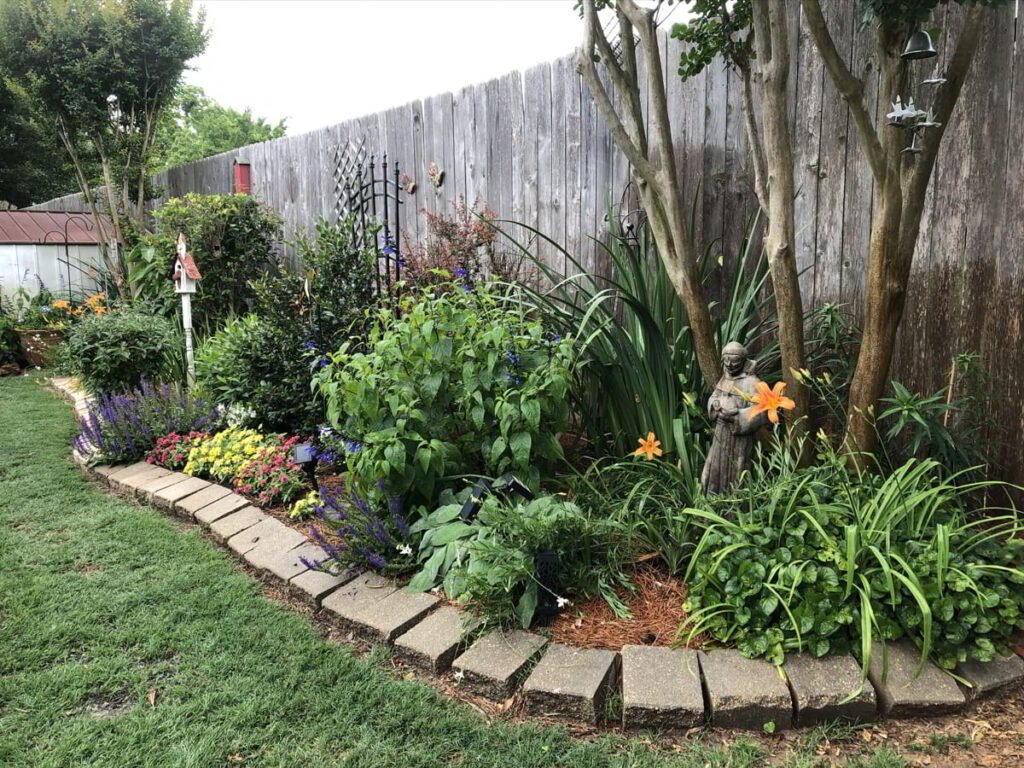How to Winterize Flower Beds
With the chilly winds of winter on the horizon, it’s time to brace not just ourselves but our beloved flower beds too from frosts and freezing temperatures. Learn to create a snug winter haven for your verdant friends with our comprehensive guide on winterizing flower beds. Discover easy-to-implement steps that can help insulate your garden, mitigate damage from harsh weather conditions, and ensure a vibrant bloom when spring swings back around. Don’t let winter win; protect your plants this season with vital ‘winterproofing’ strategies. Start safeguarding now for flourishing rewards later! Winterizing flower beds involves several steps. Start by removing any dead foliage or spent flowers, then add a layer of compost or mulch to provide nutrients and protect the soil. Lastly, consider covering the bed with a tarp or cardboard to maintain soil quality and help microorganisms thrive during the winter months. For more detailed instructions and specific recommendations, please visit our website. Steps to Winterize Flower Beds Preparing your flower beds for the winter is crucial in ensuring the survival and health of your plants. Follow these steps to effectively winterize your flower beds: Clean Up: Begin by removing any spent flowers and dead or dying foliage from your plants. This will help prevent the spread of diseases and pests during the winter months. Also, ensure that the base of your plants is free from dead leaves and debris before frost sets in. Stop Fertilizing: In order to encourage your plants to prepare for dormancy, it’s important to stop fertilizing them in the fall. Fertilizing can promote new growth that wouldn’t be beneficial during the winter months. Instead, focus on adding compost or organic matter to provide nutrition to the soil. Watering: Continue watering your plants until the ground freezes. Adequate moisture is crucial for their survival during winter. However, ensure not to overwater as excess moisture can lead to rotting of roots. Mulching: Applying a layer of mulch in late fall can provide insulation and protect the crowns of your plants from extreme temperatures. Mulch helps regulate soil temperature, retain moisture, and prevent frost heaving. Spread a 2-3 inch layer of mulch around the base of each plant, but make sure not to mulch too close to plant stems as it may cause rotting. Plant-Specific Care: Different perennial plants have varying care needs during winter. Some may require minimal care and benefit from the removal of dead stalks or stems only, while others may need to be cut back more extensively after flowering. Certain perennials with blackened leaves after frost should be cut back completely. By following these steps, you’re taking proactive measures to protect your flower beds and set them up for success when spring arrives. Now that we’ve covered the steps to winterize your flower beds, let’s explore the importance of understanding mulching needs for your plants’ winter care. Understanding Mulching Needs Mulching plays a vital role in protecting your plants and maintaining soil quality during the winter season. It refers to the practice of covering the soil surface around plants with a layer of organic material, such as wood chips, straw, or leaves. Understanding the mulching needs of different plants can help ensure that you’re providing them with the right amount and type of mulch. The benefits of mulching extend beyond winter protection. Mulch acts as insulation, reducing temperature fluctuations and keeping the soil cooler in hot weather and warmer in cold weather. It also helps retain moisture by preventing evaporation and inhibiting weed growth. When choosing a mulching material, consider the preferences of your plants and local conditions. For example, wood chips are often used for trees and shrubs due to their ability to break down slowly over time. Straw is suitable for vegetable gardens as it can be easily moved or tilled into the soil once spring arrives. Leaves make an excellent mulch for perennial beds as they provide nutrients as they decompose. Let’s say you have a bed of roses that you want to protect during winter. To effectively fulfill their mulching needs, start by pruning them back lightly and then applying a layer of organic mulch around the base of each plant. Aim for a depth of 2-3 inches to provide sufficient insulation without smothering the stems. This will help keep the soil temperature stable and prevent damage caused by freezing and thawing cycles. While mulching is generally beneficial for most plants during winter, there are exceptions. Bearded iris, for instance, should not be mulched as it prefers drier conditions during dormancy to prevent rhizome rot. Additionally, some gardeners prefer to experiment with different mulching techniques, such as chop-and-drop, where they leave plant debris on the beds to decay naturally. This can improve soil health and provide nutrients for the upcoming planting season. Understanding the specific mulching needs of your plants is essential in providing optimal winter care. By incorporating appropriate mulching techniques, you can safeguard your plants from harsh winter conditions and set the stage for healthy growth when spring arrives. Plant-Specific Winter Care Winter can be a challenging time for many plants in our flower beds, but with the right care and attention, we can help ensure their survival and health until spring arrives. It’s important to consider the needs and wants of each plant in order to provide the appropriate winter care. Some perennial plants require minimal care during the fall season and benefit from the removal of dead stalks or stems only. Plants like sedum, ornamental grasses, and coneflowers fall into this category. By leaving their basal foliage intact, we can protect their crowns from harsh winter weather. On the other hand, some perennials can be cut back to a few inches above the ground after flowering while leaving basal foliage intact to protect the crown. Examples include lilies and peonies. By cutting them back to a lower height, we can prevent them from becoming top-heavy due to snow accumulation. Certain perennials may have blackened leaves after frost, indicating that they should be cut back
How to Winterize Flower Beds Read More »

